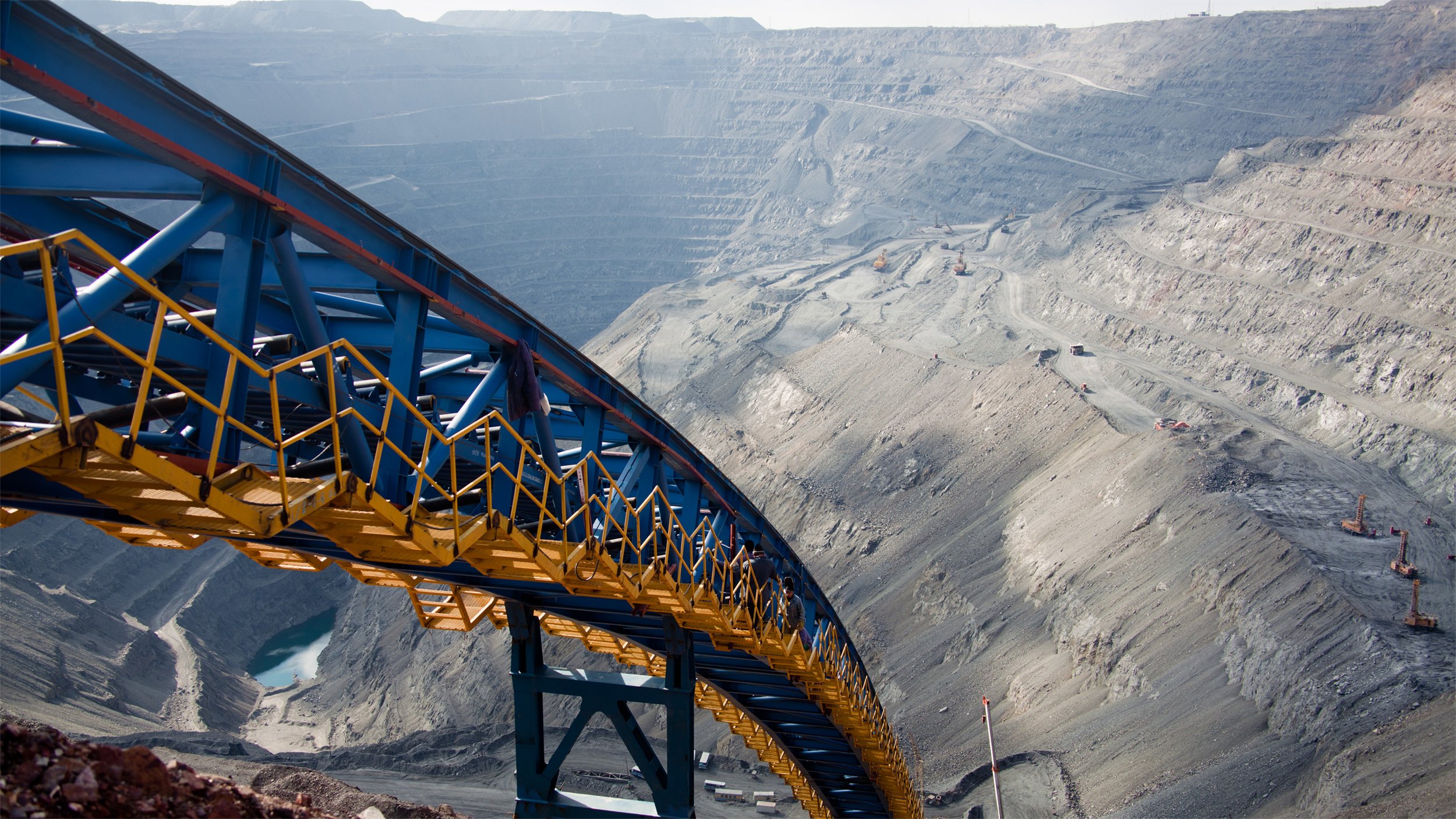Material handling equipment is a critical part of the mining supply chain. It is essential for the movement, storage, blending and delivery of materials across the mine, and it serves as the link between the mine to the market. While it sounds simple on paper, when it comes to material handling in mining, there are numerous challenges that mining companies face.
Material handling in mining in inherently difficult. You’re working with big machines that transport large quantities of materials over long distances, meaning a problem upstream will cascade across the site and down the supply chain. And before you know it, you’re dealing with backlogs, downtime, spillage and major delays. No mining company is immune to these challenges, but for many, taking variability out of the scenario is key.
The trouble with transfer
Material transfer is traditionally a complex process. Without a fully automated system in place, operators are overwhelmed with trying to perform several tasks and managing multiple interfaces. With this constant handoff occurring at all stages of the chain, many companies are susceptible to unscheduled process delays, spillage, and a lack of standardization due to operator variability and miscommunication.
A day at the train load system (TLO)
The load controller is the focal point for plant operations, which means that during the busiest parts of their day, they will need to resolve multiple challenges simultaneously. The TLO operator can quickly become overwhelmed from all the sources of information that they need to consult. This is where mistakes and delays start piling up.
One of the most common consequences of being overwhelmed is that equipment is not in the right place as the right time to load a train. This results in delays for the train and the negative impacts are amplified down the supply chain. Operating in such a reactive state offers no ability for predictive indicators to address where an issue may occur before it happens.
Moving in the right direction
A major mining company set out to overcome the challenges that exist for the TLO operation. The solution? Decision automation (execution management) for material handling based on FactoryTalk ProductionCentre and Logix Controllers.
Once implemented, the solution coordinates the resources in the customer’s mine and execution management (EM) automates the orchestration of the equipment decision-making process. EM does this by integrating with SAP and/or the site’s job management system to automatically convert a job into a list of all the tasks and equipment needed to correctly execute the job.
EM integrates with existing control systems to align the pieces of equipment needed to complete the job. Once the existing control system permissives for the route and equipment are enabled, the stacking/reclaiming job will automatically begin. EM will continuously update the stockpile inventory management system as well as the SAP system on the job progress. Once the job has been completed, EM will automatically relocate the equipment to the correct position for the next job.
The solution consists of two main components. First, the production manager defines the job number, job quantity and type of material. Second, is the real-time execution management (REM). REM directs the production manager, coordinating the start or completion of a job, measuring material consumptions and material productions. The role of REM is to command and orchestrate the automation system from each area, ensuring that all the operations will successfully complete the job.
Maximizing asset ROI
Implementation was easy – execution management (EM) integrates with the existing control system, so all the existing control and safety systems remain in place. Once installed, the benefits of the implementation exceeded the company’s expectations. Improvements to conformance scheduling were immediately seen based on a standardization of the most efficient operational processes for the site. The customer also saw a reduction in the workload and dependency on the operators and reduced unscheduled process delays. This solution resulted in an annual saving of $200 M for the company.

